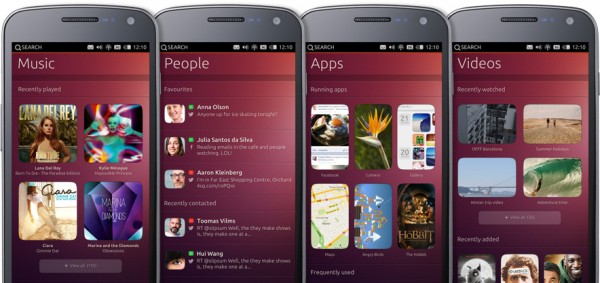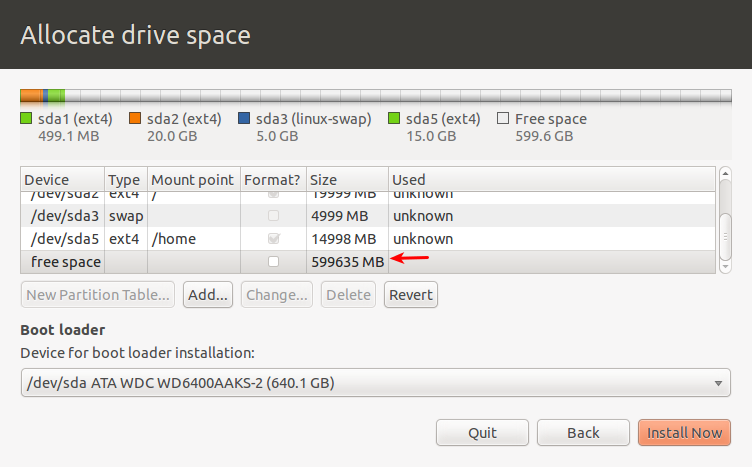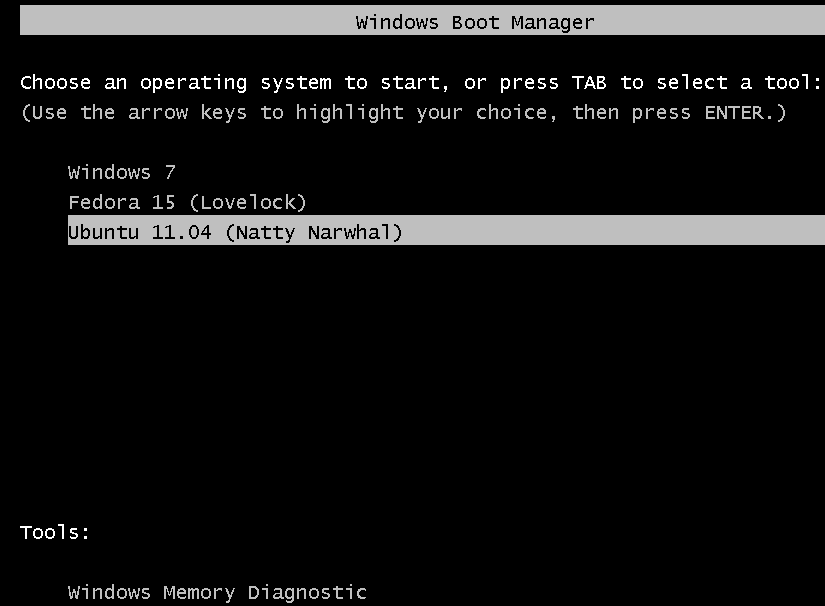So, Canonical just announced Ubuntu for Phones, a version of Ubuntu for smartphones. But this is not a version you can download and root your smartphone with, just a development project for vendors and Original Equipment Manufacturers (OEMs).
But will the target audience bite? And if they do, how serious will they be committed to the platform?
Those are very important questions because Ubuntu for Phones is not Canonical’s first attempt to push Ubuntu beyond the traditional PC space.
The other attempts are Ubuntu for Android and Ubuntu TV. In Ubuntu TV: Can it gain a foothold in the market place?, I wrote that:
… the zillion dollar/euro/rouble/rupee/yuan question is, will it fly? Will TV makers care enough to even bother? Considering that Canonical has had a tough time trying to persuade PC vendors to load Ubuntu on desktop computers, how can it get TV makers to give Ubuntu TV a foothold in the market segment? A market segment that already features Boxee, Google TV, … and a few others.
So far, I’ve not read about a smart TV powered by Ubuntu TV, at least not one that you can buy online or from your local electronics store, and I’ve not seen any evidence that OEMs are even interested at this point. And it’s been slightly more than a year since Ubuntu TV was announced.
Again, the question is, will Ubuntu for Phones gain the serious OEM following that its siblings have not be able to? I don’t know, but the most important trend indicator at this stage does not look good: The Operators and OEMs page on the project’s site does not list any OEMs, not one. That tells you how much OEM-clout (OEM-convincing power) Canonical has, or does not have.
I recall when Android when announced. The crème de la crème of OEMs and industry partners were in tow. A few years later, look at Android.
While I don’t think that Ubuntu for Phones will make any significant impact in the market (at least in the short term – measured in years), I am actually very impressed by what Canonical is doing. Mark Shuttleworth has all the right ideas, and he’s doing everything he can to make them work.
His company is pushing the type of projects that SUSE, Mandriva S.A, and Red Hat should have been into. But SUSE sold out to Microsoft, Red Hat decided that it was only interested in the server spaces, and Mandriva’s management were clueless. I hope Canonical succeeds.
The phone interface, by the way, looks beautiful. Here are a couple of screen shots.

In blue.

And part of the video introduction by Mark Shuttleworth.
You may read Jono Bacon’s blog entry and access more information on the project’s home page.








I don’t want it to fly, I just WANT ONE!!!
Android is too restrictive for my liking. This might be the first device that is better than Maemo 5 (N900).
The ubuntu smartphone will fly just about as far as if you stood up straight with your hands to your sides with this phone in hand and let go of it. The question should be what will break on the phone once it hits the ground.
Oh yes, the Ubuntu smartphone will fly… so high… far beyond the skies that only those who have been to outer space would buy.